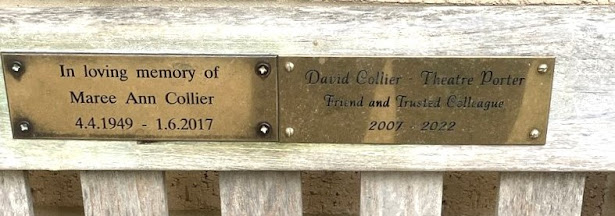Photographs
I was just reading Liz Hinds’ blog post on ‘Finding Life Hard?’ The title was ‘Do you need a wee?’ Now that’s a catchy phrase but it led on to Liz’s dislike of all photographs of herself. I share that feeling, but latterly – well, in the last five years or so – I have reached the conclusion that avoiding the camera is foolish and actually extremely difficult with the demon photographer to whom I’m married.I used to joke that our grandchildren would never recognise him because he’s always behind a camera, but they have grown up with a healthy attitude to having photographs taken, able to look entirely natural and comfortable. My son and two younger daughters have also been able to face the camera easily. My eldest daughter and I have always tried to avoid it; consequently, there are a myriad photos of hands, back or top of heads, cups or glasses held directly in front of our faces or, when unable to escape, gurning gargoyle images, (not eldest daughter - she’s very pretty). Not a flattering look – and I look grim, stern, unyielding, but if I smile, I look like a simpleton. Well, the camera never lies!
I regret it, because when I look back at the few photos I quite like, I think, ‘I wish I looked like that now.’ Maybe, in a few years’ time I will wonder what face I presented to the world. It will not have improved, of that I’m absolutely certain, but as it’s only going to get worse, perhaps I should have some portraits done so that when I’m in my dotage – or more in it than I already am – I can repeat, ‘I wish I looked like that now.’
I did point out to Barry that there are few photos of him as he’s always the photographer, so have tried to snap some of him. Funnily enough, his reaction is the same as mine. He doesn’t like his photos, either. It’s all the fault of the person behind the camera.


.jpg)
.jpg)











.png)


.jpeg)

























